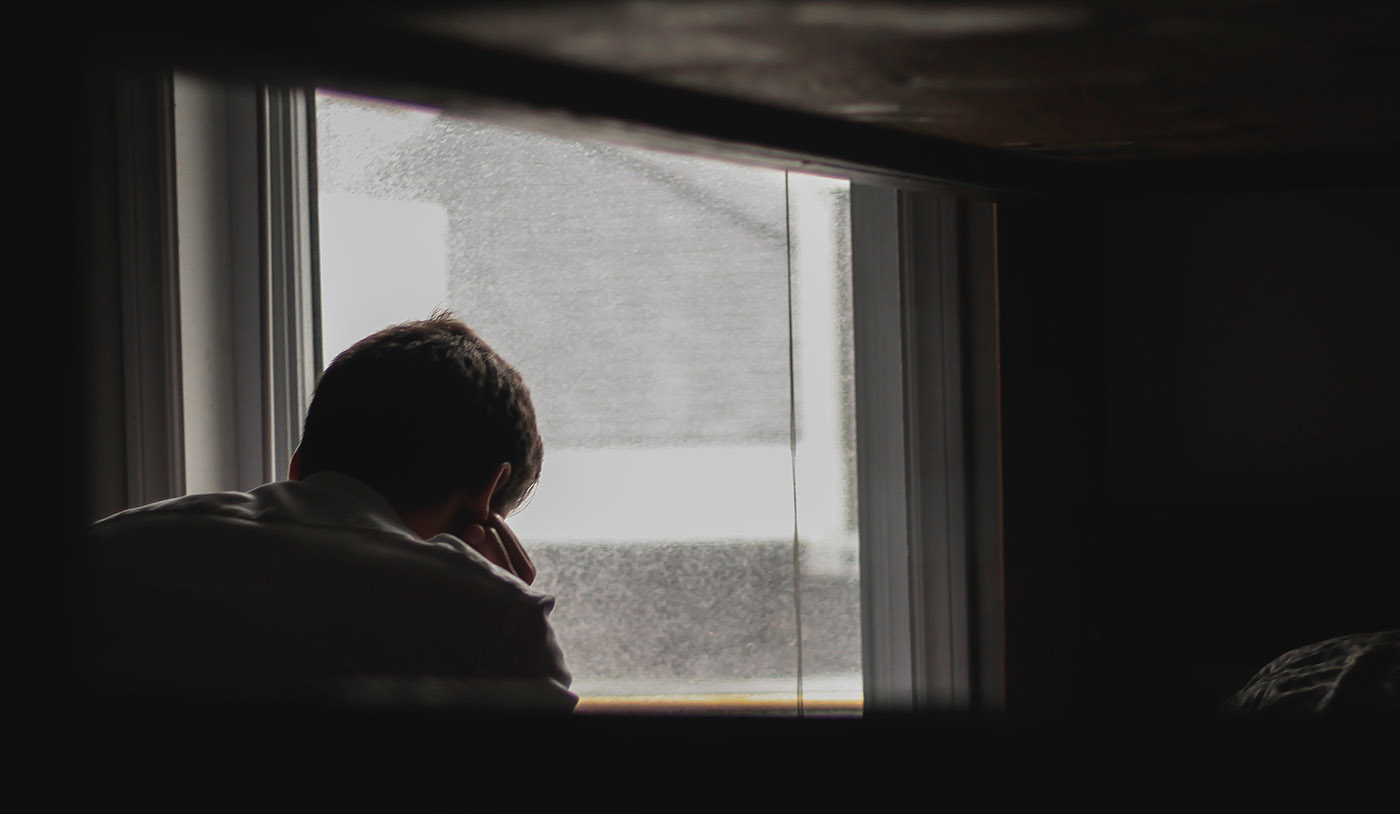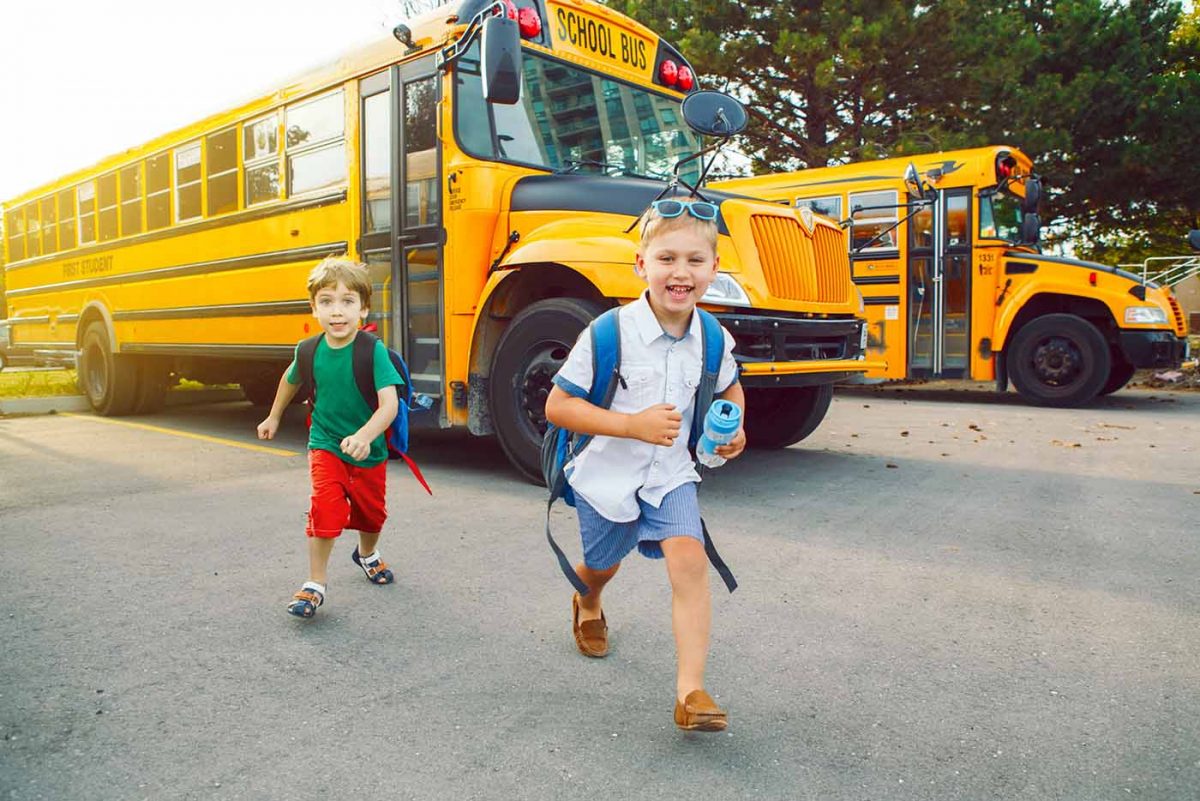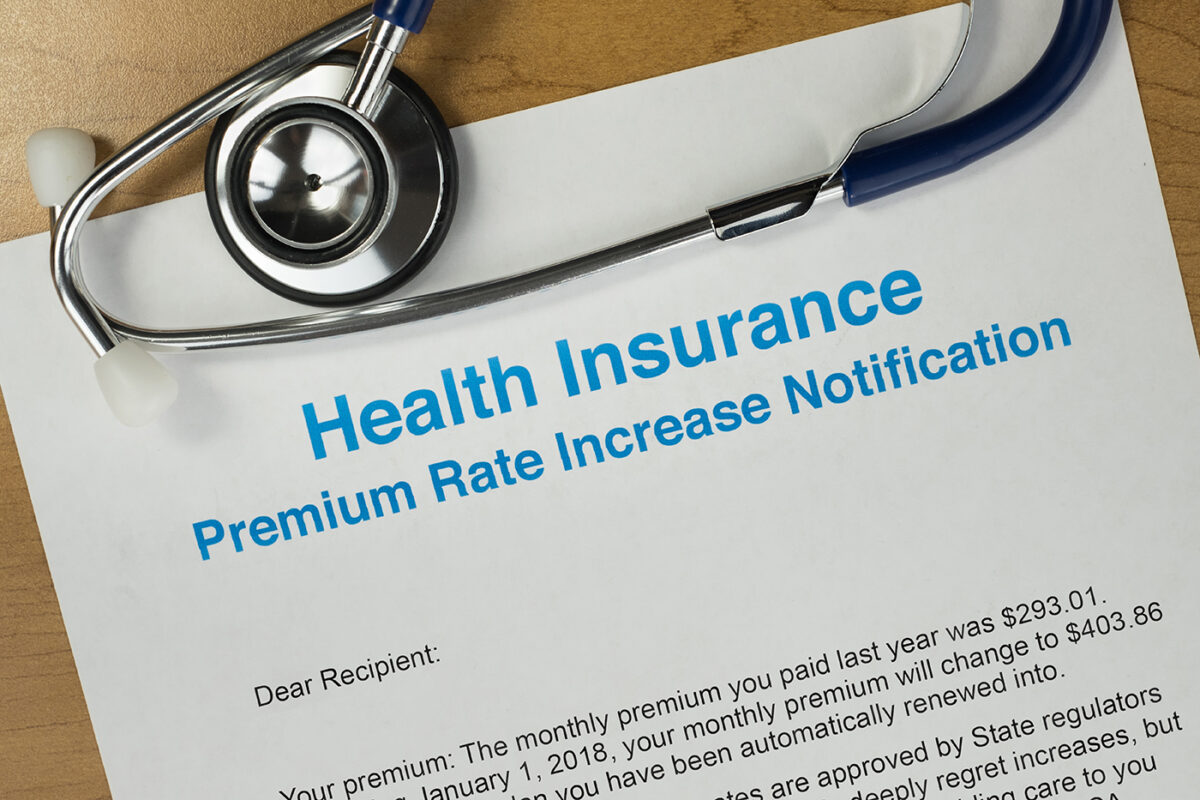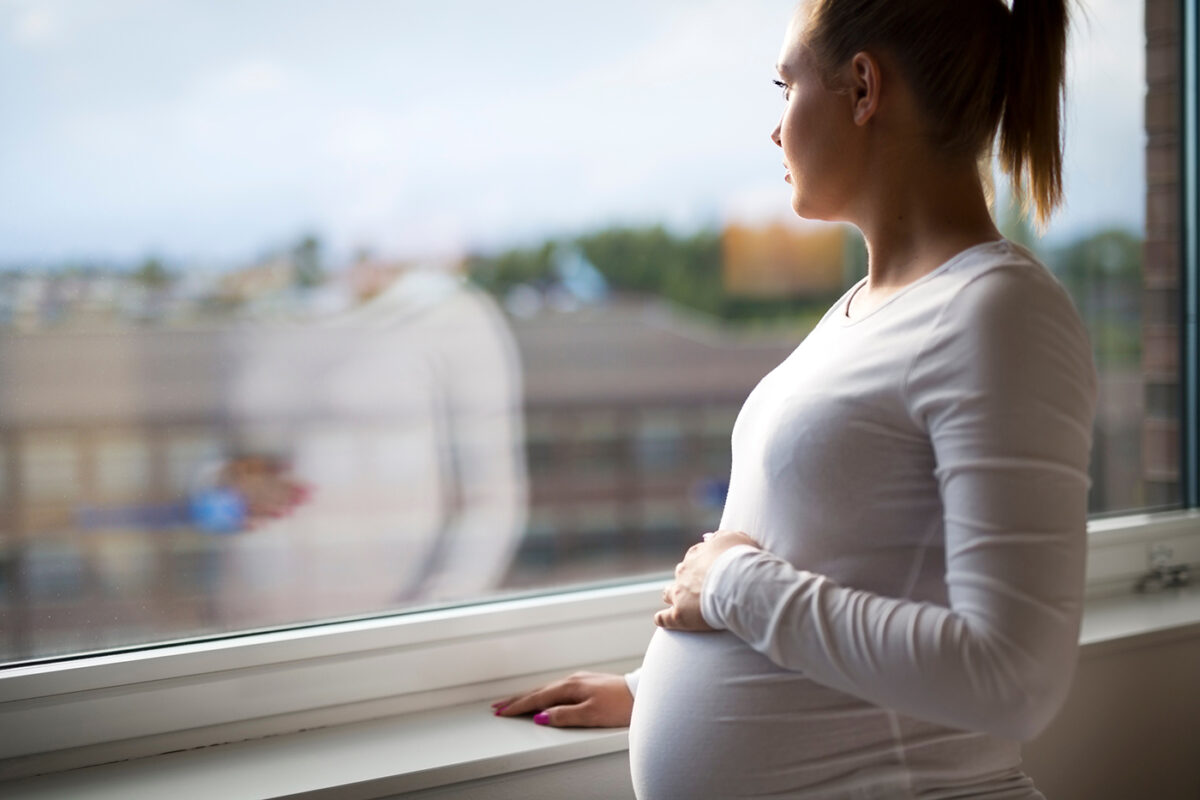
Arkansas’s suicide death rate increased by an alarming 41% between 2000 and 2018, according to a new analysis of vital statistics data. The increase is especially concerning because risk factors for suicide are being further exacerbated by the ongoing COVID-19 pandemic.
The State Health Access Data Assistance Center (SHADAC) reported in a data brief that Arkansas’s suicide death rate rose from 13 deaths per 100,000 people in 2000 to 18.3 deaths per 100,000 people in 2018. In 2018, Arkansas had the 20th highest suicide rate in the nation and was one of 29 states with suicide death rates significantly higher than the national rate of 14.2 deaths per 100,000 people.
The 41% increase in Arkansas’s suicide death rate exceeded the national increase of 37%. The national rate increased from 10.4 deaths per 100,000 people in 2000 to 14.2 deaths per 100,000 people in 2018, SHADAC reported in a separate brief. That increase represents about 110,000 more lives lost to suicide than if the rate had remained steady.
Additional findings in the briefs include:
- U.S. adults ages 55‒64 had the highest suicide death rate in 2018 at 20.2 deaths per 100,000 people.
- Despite having the lowest suicide death rate among all age groups in 2018, U.S. children ages 10‒14 had a disturbing increase ― 95% ― in the number of suicides between 2000 and 2018.
- Suicide death rates were significantly higher than the national rate among American Indians and Alaska natives (22.1 per 100,000 people) and whites (18 per 100,000 people) nationwide in 2018.
- U.S. suicide death rates were highest in non-metropolitan/rural areas in 2018, with 19.4 deaths per 100,000 people compared to 12.1 deaths per 100,000 people in large metropolitan areas.
Social isolation, defined as a lack of social connections, is associated with a number of health risks including increased dementia risk, higher rates of mental health conditions like depression and anxiety, higher rates of suicide, and significantly increased risk of premature death from all causes. In 2018, a national survey conducted by AARP found that 35% of adults age 45 and older experience loneliness. Additionally, there is evidence that the increasing presence of social media and other virtual connection platforms may actually increase loneliness, a phenomenon known as the “loneliness paradox.”
Social isolation and loneliness, already a public health concern prior to the COVID-19 pandemic, have been exacerbated by virus mitigation efforts that require physical distance between people, including stay-at-home orders, quarantine, and social distancing. Those at enhanced risk of social isolation include the 28% of Americans who live alone, older adults in nursing homes and other congregate settings, people living in rural areas, and people who have low incomes or are living in poverty.
While addressing social isolation and loneliness requires policies that address social needs, individuals can do their part by checking in on friends, relatives, and neighbors (particularly older adults at higher risk) as the pandemic continues. If you or someone you know is in crisis, call the National Suicide Prevention Hotline at (800) 273-8255.






